
Wojtek Mikołuszko (‘11) has been awarded a 2020 Warsaw Literature Prize, one of Poland’s highest writing honors, in the category of Children’s Literature. He and illustrator Malgorzata Dmitruk won for their novel, “Wojtek,” which tells the story of a white stork named Wojtek who must navigate a world reshaped by climate change.
The story is fictional, but it is interlaced with scientific fact: On its roundtrip journey from eastern Poland to a wintering site in Africa, the stork must deal with dangers stemming from anthropogenic climate change, including the expansion of the Sahara as a consequence of global warming.
“All of his adventures are based on my research on white storks’ migration to Africa, and checked by ornithologists,” says Mikoluszko.

When the stork reaches Africa, a seven-year-old boy named Jacek awaits him. The boy believes, according to Slavic myth, that the white stork can help his father recover from serious illness. “Those mythological parts of the book are based on my research of real Slavic myths,” Mikoluszko says, though he changed them slightly for the book.
Mikoluszko says he benefitted from techniques he picked up in a fiction-writing course, taught by Hester Kaplan, that he took while he was a KSJ fellow. “I am deeply grateful to her and to the fellowship. Until today, I keep the notes from that course and from time to time I have a look at them.”
The Warsaw Literature Prize comes with an award of 30,000 Polish zloties, or roughly 7,500 USD. You can watch the announcement of the award here, in Polish. (The Children’s Literature Award presentation starts at 5:36.)
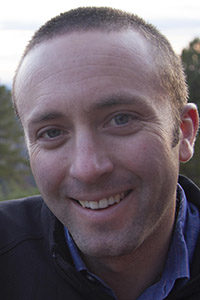
“Picture a Scientist,” a feature documentary directed Sharon Shattuck and KSJ alumnus Ian Cheney (‘15), debuted as an official selection at the 2020 Tribeca Film Festival. The film follows three prominent women in science — biologist Nancy Hopkins, chemist Raychelle Burks, and geologist Jane Willenbring — leading viewers on a journey “deep into their own experiences in the sciences, ranging from brutal harassment to years of subtle slights.”
In a review for Variety, Alissa Simon called the documentary eye-opening. “Along with blood-boiling stories of explicit harassment, implicit gender (and racial) bias and entrenched institutional discrimination, the film also spotlights the bold and inspiring scientific luminaries who are changing the culture of science and providing new perspectives on how to make it more diverse, equitable and open to all,” Simon writes.
The film premiered virtually with a two-week run and a live Q&A event. For more information about the documentary, visit the film’s website, www.pictureascientist.com.
Two KSJ alumni took home honors in this year’s prestigious Society for Environmental Journalism Awards. Chris Mooney (’10) was part of a Washington Post team that won first place in the explanatory reporting category for the series “2°C: Beyond the Limit.” “This is why journalism was invented,” the judges said of the work. “The reporting is stellar, the data analysis is a public service, the visual presentation is striking, the examples are perfect, and the writing is solid.” Robin Lloyd (‘99) won third place in the investigative reporting category for her Undark magazine piece “Cured in Place? An Underground Pipe Repair Raises Questions.” Judges said Lloyd “masterfully lays out the safety issues connected to the booming ‘cured-in-place’ plastic piping sheaths used to repair miles and miles of sewer pipes nationwide.” (Other Undark pieces won first prize and honorable mention in the features category.)
Here’s what other alumni are writing, a compendium from Federico Kukso (’16):
Rachel Ehrenberg (’14): “The bat-virus détente,” Knowable.
Claudio Angelo (’04): “Against the Beast,” Piauí (in Portuguese).
Richard Fisher (‘20): “Coronavirus: What I learnt in Oxford’s vaccine trial,” BBC.
Debbie Ponchner (‘04): “Costa Rica Readies Horse Antibodies for Trials as an Inexpensive COVID-19 Therapy,” Scientific American.
Rod McCullom (‘16): “Artificial Intelligence, Health Disparities, and Covid-19,” Undark.
Maryn McKenna ( ‘14): “The Virus Hunters,” Smithsonian Magazine.
Federico Kukso (‘16): “The ‘Sputnik moment’ and the Russian vaccine,” Le Monde Diplomatique (in Spanish).
Pakinam Amer (‘19): “Working Scientist podcast: How to craft and communicate a simple science story,” Nature.
Annalee Newitz (‘03): “Want to Flee the City for Suburbia? Think Again,” The New York Times.
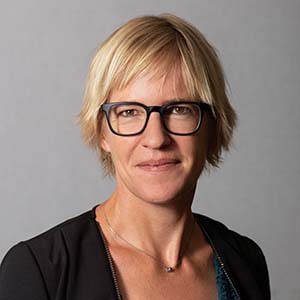
Herton Escobar (‘07): “Deforestation in the Brazilian Amazon is still rising sharply,” Science.
Valeria Román (‘05): “Simple and diversified messages: the key to New Zealand’s success during the pandemic,” Infobae (in Spanish).
Sascha Karberg (‘09): “Pandemic threatens food supplies,” Der Tagesspiegel (in German).
Eva Wolfangel (‘20): “Who made this hashtag big?” Die Zeit (in German).
Lisa De Bode (‘19): “Covid-19 and Medicine’s Misguided Romance With Machines,” Undark (with Yvan Prkachin).
Andrada Fiscutean (‘20): “A history of ransomware: The motives and methods behind these evolving attacks,” CSO.
Teresa Carr (‘18): “Coronavirus Coverage and the Silencing of Female Expertise,” Undark.
Sasha Chapman (‘16): “A Tuna’s Worth,” Hakai Magazine.
Angela Posada-Swafford (’01): “It is time for Colombia to leap into science diplomacy,” El Tiempo (in Spanish).

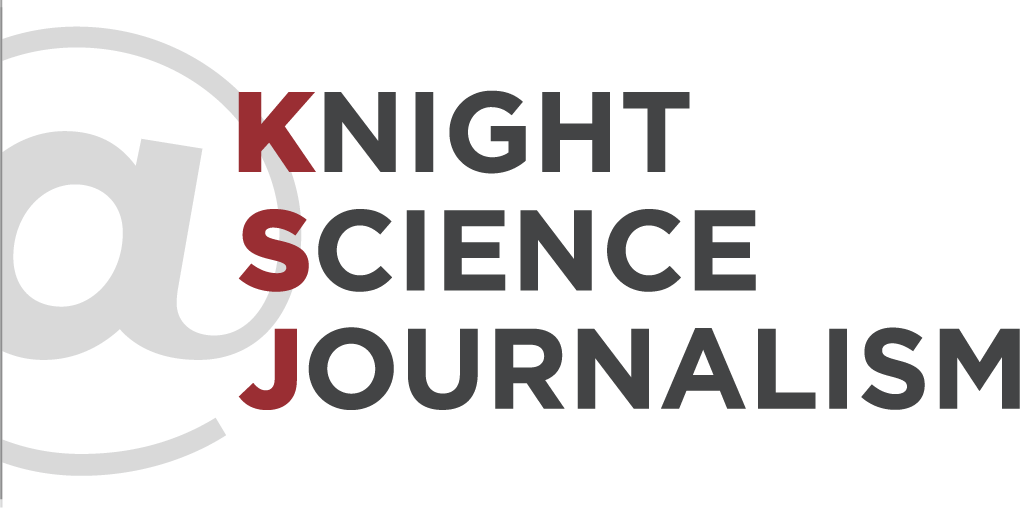
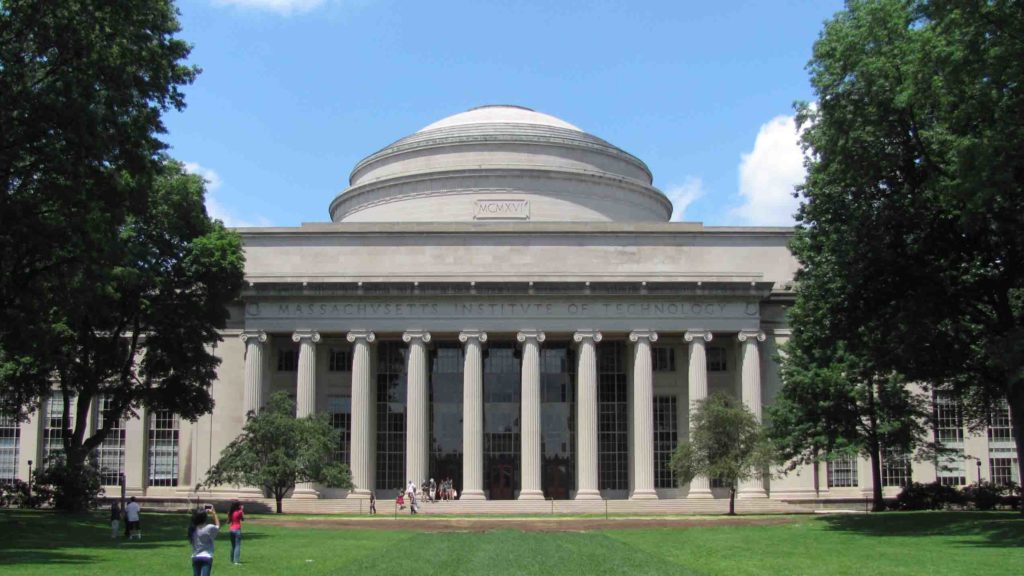
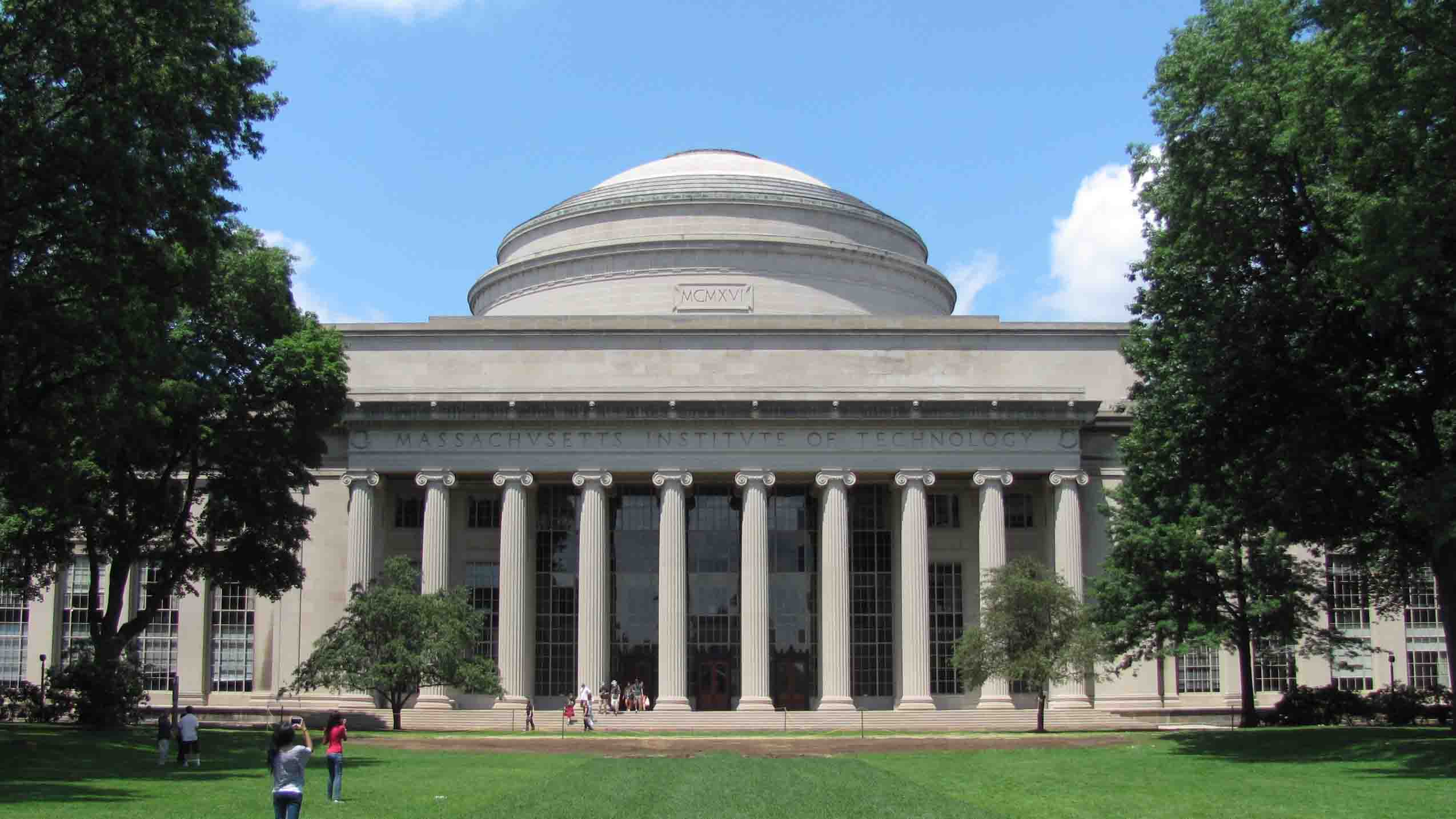
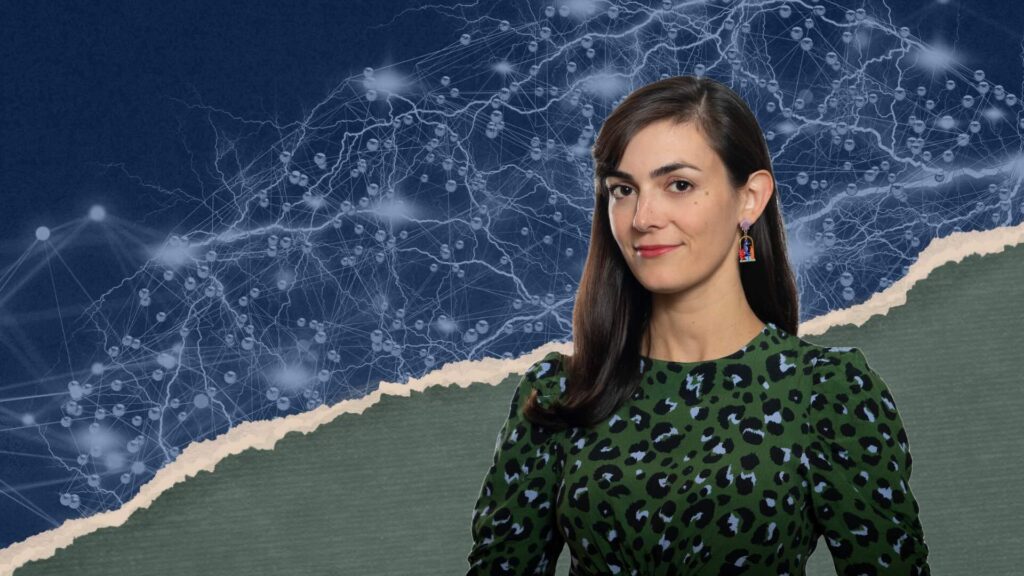
Leave a Reply